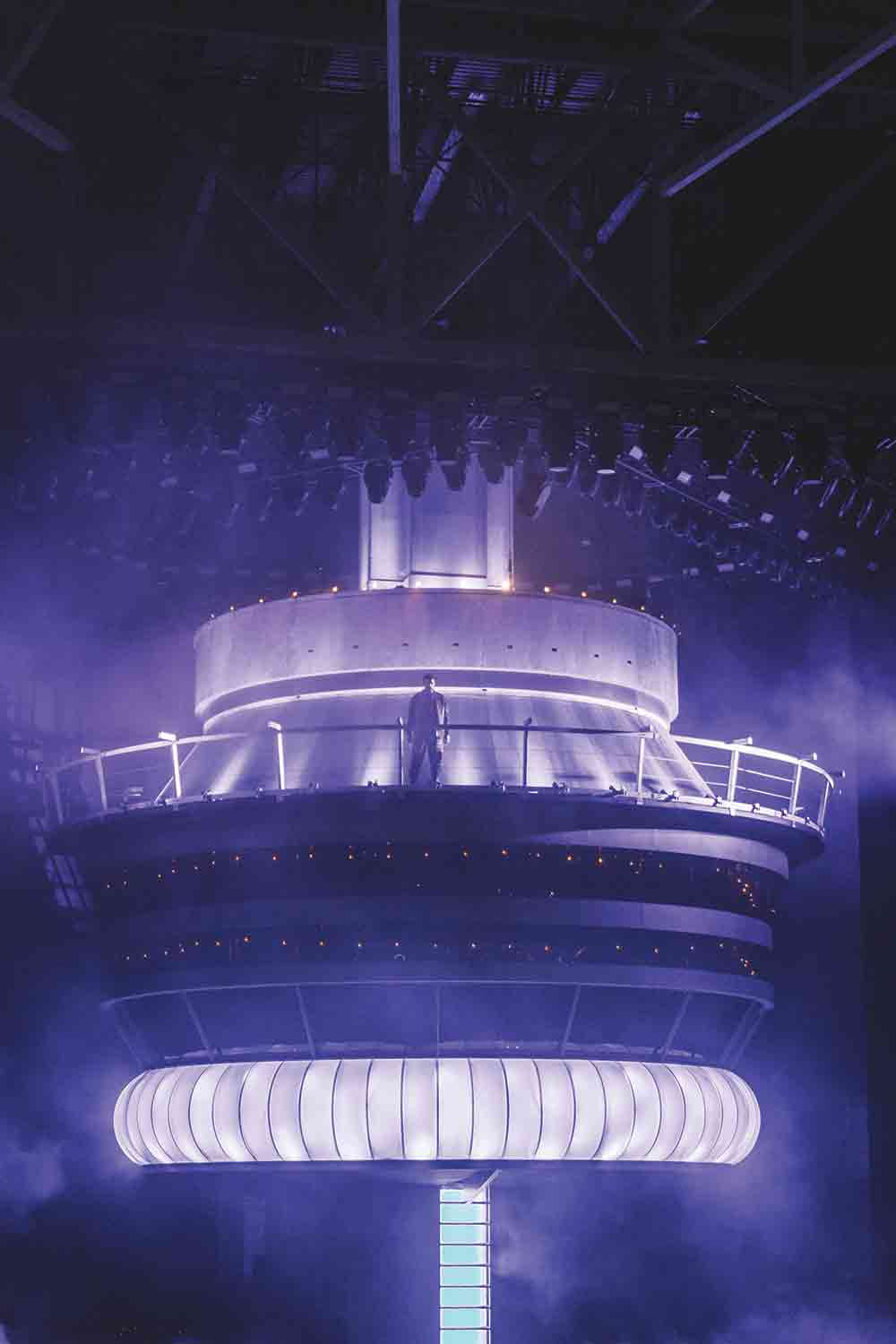Drake Will Probably Release a New Album in 2018, and Redefine the Limits of Overexposure While He’s at It
When your dad complains that music today just ain’t what it used to be, there’s one sense in which he’s objectively right: big artists today, generally, work more slowly than they used to. In the glory days of the ’60s and ’70s, months, not years, separated album releases from icons like The Beatles and The Rolling Stones. Today, you’re prolific if you put out a full-length album every other year. There are exceptions, especially within hip-hop (Jay-Z kept up an album-per-year streak from 1996’s Reasonable Doubt to 2003’s The Black Album), but they tend not to last (Jay-Z has released four albums in the past 10 years).
But hey, it’s about quality, not quantity, right? If so, what to do with Drake?
Toronto’s finest dropped his long-awaited fourth studio album, Views, in April 2016. In March of 2017, Drake followed that up with More Life — which he describes as a “playlist,” but it’s both long and interesting enough to qualify as a major release. And more Drake is coming, allegedly: while headlining OVO Fest in August, Drake vowed, “I’m about to go back to making this new album in Toronto, just for you.” (We may have just had our first taste of said album with “Pistols,” a new Latin-style Drizzy track that leaked on Christmas Eve.)
The unusual length of both Views and More Life (each runs upwards of 80 minutes) means that Drake released almost three hours of new music in the span of a year, which is some Beatles-level shit by any measure.
Of course, there are a few important caveats here. First, hip-hop, with its culture of mixtapes and featured artists, has long leaned toward the more prolific end of the release spectrum, especially among its youngest and hungriest stars. Drake is perhaps the most popular rapper to accelerate his release schedule recently, but he’s not alone. Only a week separated Future’s self-titled and HNDRXX albums in February, followed in October by his Super Slimey mixtape collaboration with Young Thug. Snoop Dogg dropped a full-length album and an EP, Neva Left and Make America Crip Again, within six months of each other in 2017. It’s hard to quantify “busy-ness,” but what perhaps sets Drake apart from his peers is how many extracurriculars he’s packed into his schedule on top of recording new music: buying the rights to the U.K. crime drama Top Boy in April (and reportedly starring in its still-unscheduled next season), hosting the NBA Awards in June, and collaborating with Timberland on a new ICON 6” OVO boot — which debuts this month exclusively at OVO stores (Drake’s label also found time to open up three new shops in 2017).
Second, it’s probably not just Drake’s boundless creativity driving the lengths of Views and More Life. There’s a new commercial incentive to the extra-long album, as first Billboard and more recently the Recording Industry Association of America began counting streams in official album sales data: 1,500 individual song streams equal one “streaming equivalent album” — regardless of whether streamers are playing Views start to finish or just putting “Hotline Bling” on repeat for hours. More tracks lead to more streams, which lead to more albums “sold.” (This is an industry-wide phenomenon whose endgame will likely be an 80-minute Taylor Swift album in 2019, God help us.)

Finally — obviously — neither Views nor More Life is Abbey Road. Unlike with The Beatles, not every minute of Drake’s rapid-fire output is equally beloved. Being a Drake fan these days requires some DIY curation, for better and worse.
The “for worse” is obvious: even in 2017, long after iTunes and then streaming promised to kill the album as an art form, there’s something elementally satisfying about a collection of songs that just work together, with no wasted moments or dud experiments. That’s how Drake’s Take Care (2011) and Nothing Was the Same (2013) still, for the most part, sound to me.
But there is a “for better,” too. Would perfectionist Drake have ever trotted out his ludicrous faux-Jamaican patois, which on different songs (and, I’m sure, for different listeners) can be perfect (More Life’s “Madiba Riddim”) or just annoying (More Life’s very next track, “Blem”)? Could Drake have arrived at the hilarious, weirdly moving detail of Views’ “Childs Play” (“Why you gotta fight with me at Cheesecake? / You know I love to go there!”) without also getting the grating melodrama of Views’ “Keep the Family Close” out of his system?
These are unanswerable questions — but they spring from the clear sense, on Views and especially More Life, that more Drake means more of everything: the good, the bad, the mainstream, the artsy, the cool, the embarrassing. The boundaries of these categories will shift for each listener; my favorite Drake may not be yours. But there’s something exciting about a hugely popular artist opening the floodgates this way, leaving fans to sort out for themselves which parts of the Drake surplus will be kept or tossed. Just because we’re not accustomed, in 2017, to dealing with the kind of extreme musical onslaught Drake is currently dishing out doesn’t mean we should lose sight of how worthwhile much of it is.










